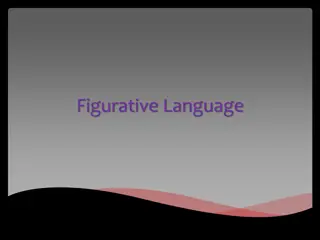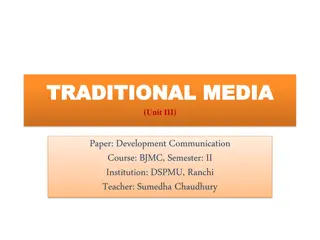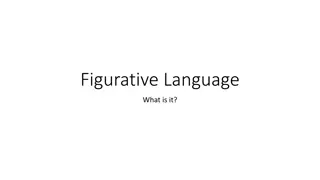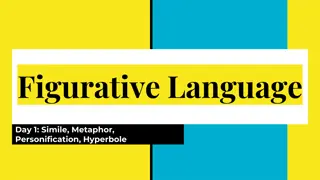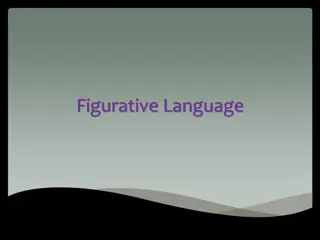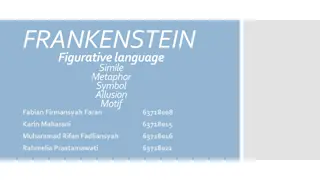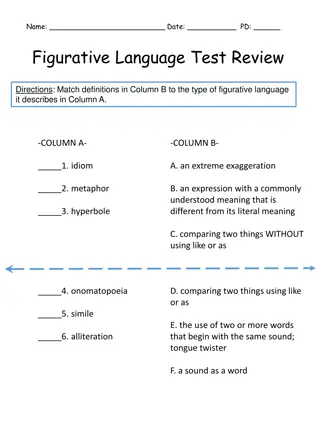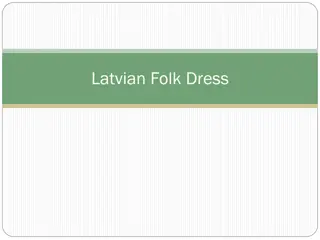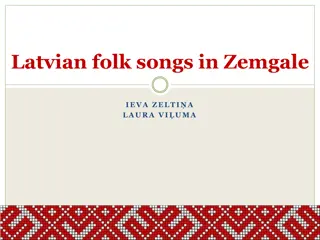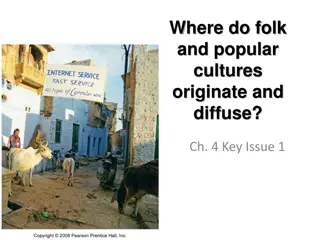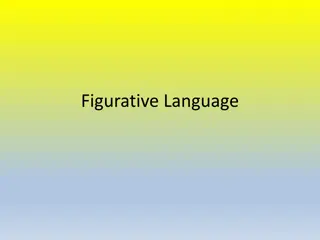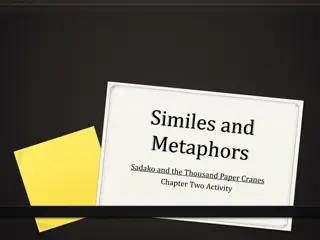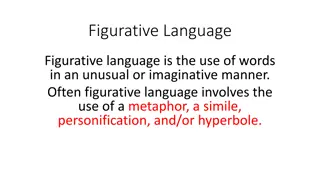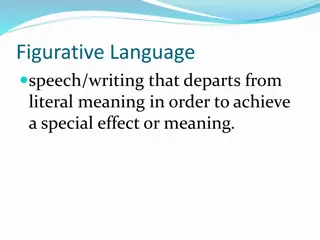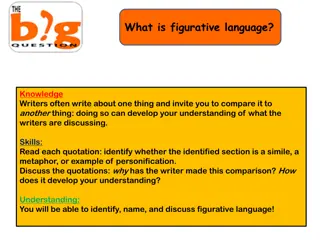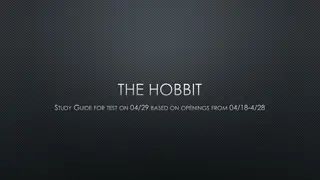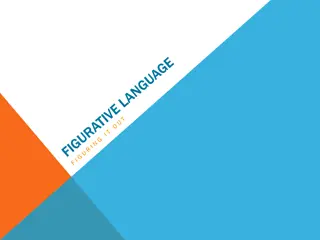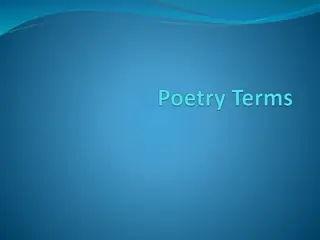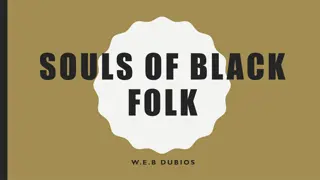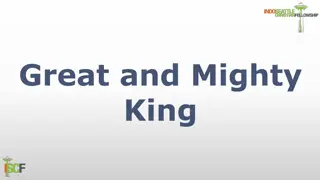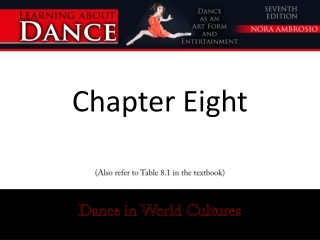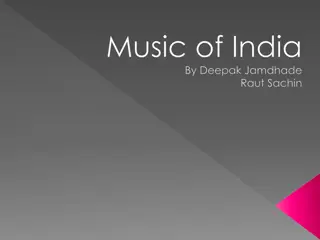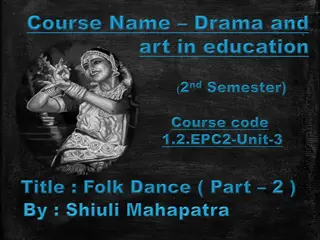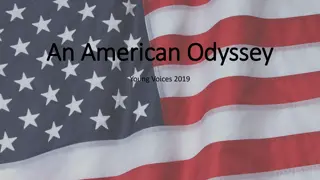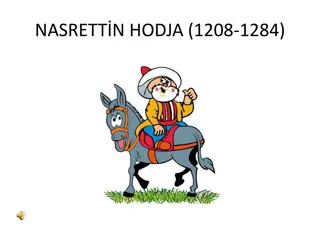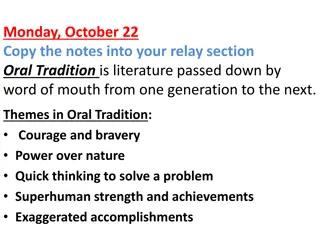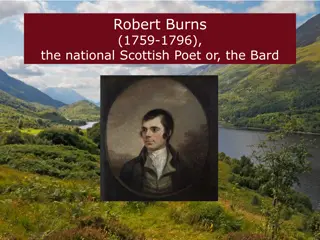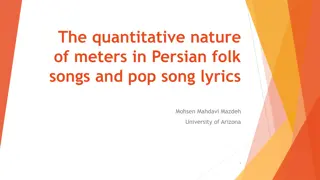Kitoto the Mighty - An Analysis of Figurative Language in a Folk Tale
Explore the use of figurative language and themes in the folk tale of Kitoto the Mouse, as he transforms from small and weak to Kitoto the Mighty, challenging traditional notions of power and strength.
Download Presentation

Please find below an Image/Link to download the presentation.
The content on the website is provided AS IS for your information and personal use only. It may not be sold, licensed, or shared on other websites without obtaining consent from the author. Download presentation by click this link. If you encounter any issues during the download, it is possible that the publisher has removed the file from their server.
E N D
Presentation Transcript
READING 4 19TH/ 10/2020 KITOTO THE MIGHTY ANALYZE
How does the author use figurative language on page 78? The author uses a simile in the first paragraph: swift as an arrow. )
What is the comparison that is being made? Why? (The author compares the hawk to an arrow being shot out of a bow to show how quickly he can drop to the ground to try to catch the mouse.)
Page 79 What words and phrases tell what Kitoto is like at the beginning of the story? (He calls himself, Kitoto the Mouse, small and weak. )
Why does Kitoto speak to the river? (He wants the river to protect him)
How does the mouse get to the sun's home? (The river makes him a nest out of steam and blows the nest gently into the sunlight.)
How does the mouse introduce himself to the sun? How is this different from when he met the river? (The mouse goes from being a weak, small mouse to Kitoto the Mighty . Master of the Savannah. This is quite a change as he starts to come into his own power.)
To whom does the sun send the mouse? Why? (The sun tells Kitoto that the wind is more powerful than he is because she can hide his view of the Savannah with the clouds that she gathers with her strength.)
Think about the folktale's Theme. Why is Kitoto so sure that the most powerful being must be a giant? (Kitoto believes that anything powerful enough to carve such a world inside the mountain must be a giant. However, Kitoto learns that even the smallest creature can be seen as more powerful than a mountain because of its hard work and creativity.)
What is it like once Kitoto enters the mountain? Pg 86 . (There are dark pathways that lead to a huge maze of tunnels, archways, halls, and chambers at the mountain's root. Little pebbles light the inside, while the pleasant- smelling walls are smooth and cool.)
How does Kitoto's character change again when faced with the giant ? What is the reason for this change? 87 (Once again, Kitoto introduces himself as Kitoto the Mouse, small and weak. He was so frightened to meet this new being that he forgot to try to show his strength and power.)
Pg 88 Who is the mysterious figure? (Kigego, the mountain mouse)
How did the mountain mouse build her home? She tells Kitoto, after welcoming him to her home, that she built it by doing a lot of hard work and by using her teeth to carve it all out.)DOK 1
How would you describe the story structure of this folktale? (circular; Kitoto starts off looking for a powerful being to protect him, and in the end, he realizes that he only needs to work hard to protect himself.)
What is the author's message or lesson to be learned from this folktale? (Even though a person may be small in size and weak in strength, they can still be very strong individuals if they work hard)
What other themes do you see in this folktale? (friendship; persistence)
BOOKLET PAGES 25 & 27


